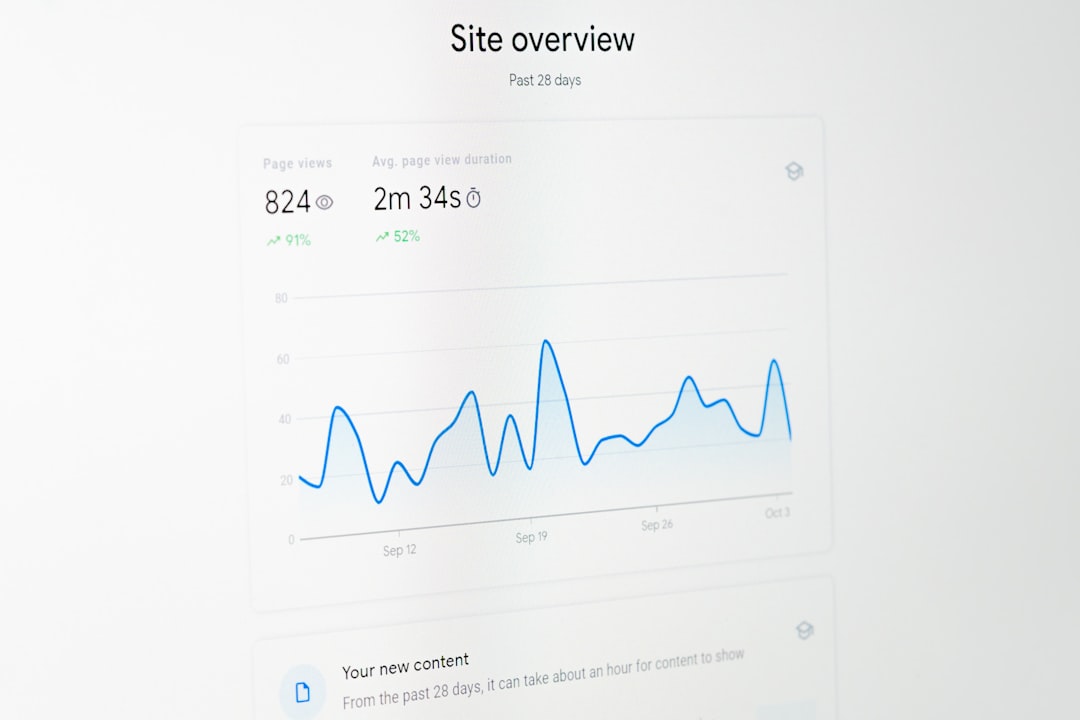Migrating a subdomain to the root domain—or consolidating multiple subdomains into a single central structure—is a major SEO decision. When done right, it can dramatically improve your website’s visibility and search performance. But mishandling a migration can also lead to a significant drop in rankings, lost traffic, and a confused audience. Whether you’re combining blogs, support centers, product pages, or even regional sites, proper planning is essential for a smooth and successful transition.
Why Consolidate Subdomains?
Table of Contents
Before diving into the “how,” let’s briefly cover the “why.” Google treats subdomains as separate entities from the root domain. This separation can dilute SEO authority and make link equity harder to manage. Consolidating can bring several benefits:
- Unified Authority: All backlinks, traffic data, and content signals merge under one domain, strengthening its SEO profile.
- Improved Crawl Efficiency: Search engines crawl and index the main site more efficiently, especially if resources were previously divided.
- Enhanced User Experience: Visitors find all your content in one place, creating a seamless journey through your offerings.
Despite these benefits, transitioning from subdomains to a consolidated root domain involves several technical and strategic steps to avoid negative consequences.
Assessing the Landscape
Before making changes, conduct a full audit of your subdomains and the content hosted on them. Ask yourself:
- What is the purpose of each subdomain?
- How much traffic does each receive?
- What are the top-performing pages by traffic and backlinks?
- Are there duplicate or outdated pages?
Use tools like Google Search Console, Google Analytics, and third-party crawlers such as Screaming Frog to map out every URL and its corresponding performance data. This benchmarking is critical for evaluating the migration’s success later on.

Develop a Migration Plan
Migrations should never be done on the fly. A detailed, step-by-step plan helps both developers and SEO teams stay on the same page. Your plan should include:
- URL Mapping: Chart out a 1:1 redirect map from all subdomain URLs to their new destination. Keep structures logical and as consistent as possible.
- 301 Redirects: Use permanent redirects to tell search engines that content has moved for good. This helps preserve SEO value.
- Canonicalization: Ensure all new pages use canonical tags that point to their primary versions to prevent duplicate content issues.
- Internal Linking Updates: Change internal links to reflect the new file paths, not legacy subdomain URLs.
- Sitemap Updates: Generate an updated sitemap and submit it to Google Search Console post-migration.
Timing is Everything
Choose a low-traffic period for the migration if possible. Avoid high-demand seasons, major marketing campaigns, or product launches. This reduces risk and gives your team time to react to any issues quickly.
Set Up Tracking
You can’t improve what you don’t measure. Set up proper tracking mechanisms before the switchover. Use Google Analytics and Google Search Console to track individual subdomains historically, then monitor the root domain post-move. This will help you quickly identify traffic fluctuations, indexing delays, or unexpected deindexing.
Launch: Executing the Migration
On launch day, several things need to happen in tandem:
- Push Redirects Live: Make sure 301 redirects are functional and directing users from old subdomain URLs to their new root domain paths flawlessly.
- Deploy Updated Content: Ensure the content has been migrated accurately, with no broken links or formatting issues.
- Test Everything: Run crawling tools to spot redirect chains, 404s, or crawl errors post-change.
Also, remember to update external links where possible. While redirects will cover most of the juice transfer, changing high-value backlinks to point directly to the new URLs is even more effective.

Communicate With Google
Immediately after the migration, head over to Google Search Console:
- Add or verify the new root domain property if not already done.
- Submit the new sitemap for indexing.
- Use the “Change of Address” tool (if applicable) to officially notify Google about the domain transition.
Google’s crawlers will eventually process the changes, but notifying them speeds up the transfer of link equity and rankings.
Post-Migration Monitoring
Over the first few weeks, monitor the following closely:
- Organic Traffic: A slight dip is natural, but a dramatic drop may indicate errors in the setup.
- Index Coverage: Check that the new pages are being indexed and old subdomain URLs are dropping out from the search results.
- Crawl Stats: Review Googlebot activity to ensure it’s crawling your new structure efficiently.
Common Pitfalls to Avoid
Migrations carry their share of risks. Here are some common mistakes to watch for:
- Using 302 Instead of 301 Redirects: Temporary redirects won’t pass full SEO value. Stick with 301s.
- Incomplete Redirect Maps: Any loose ends or forgotten pages could mean lost traffic and authority.
- Neglecting Internal Links: If internal links still point to subdomain URLs, it can confuse search engines and users alike.
Should You Absorb or Archive?
Not all subdomain content is worth migrating. Some older articles, outdated product pages, or region-specific content may be better off archived or deindexed. Ask yourself:
- Is this content still useful and accurate?
- Does it have SEO value in terms of backlinks or rankings?
Redundant or low-performing pages can be consolidated, updated, or merged instead of migrated directly.
Final Thoughts
Consolidating subdomains is a powerful SEO move—one that can multiply your site’s visibility, improve user experience, and increase domain authority across your entire content portfolio. But like any significant change, it carries risk if executed without care.
By thoroughly auditing your existing URLs, creating a smart redirect strategy, and monitoring metrics carefully post-launch, you can make the move confidently. Remember, it’s not just about blending URLs. It’s about sculpting a streamlined digital presence that tells search engines—and your users—that everything they need is under one trusted domain.
Handled correctly, subdomain consolidation isn’t just a migration. It’s an elevation.

